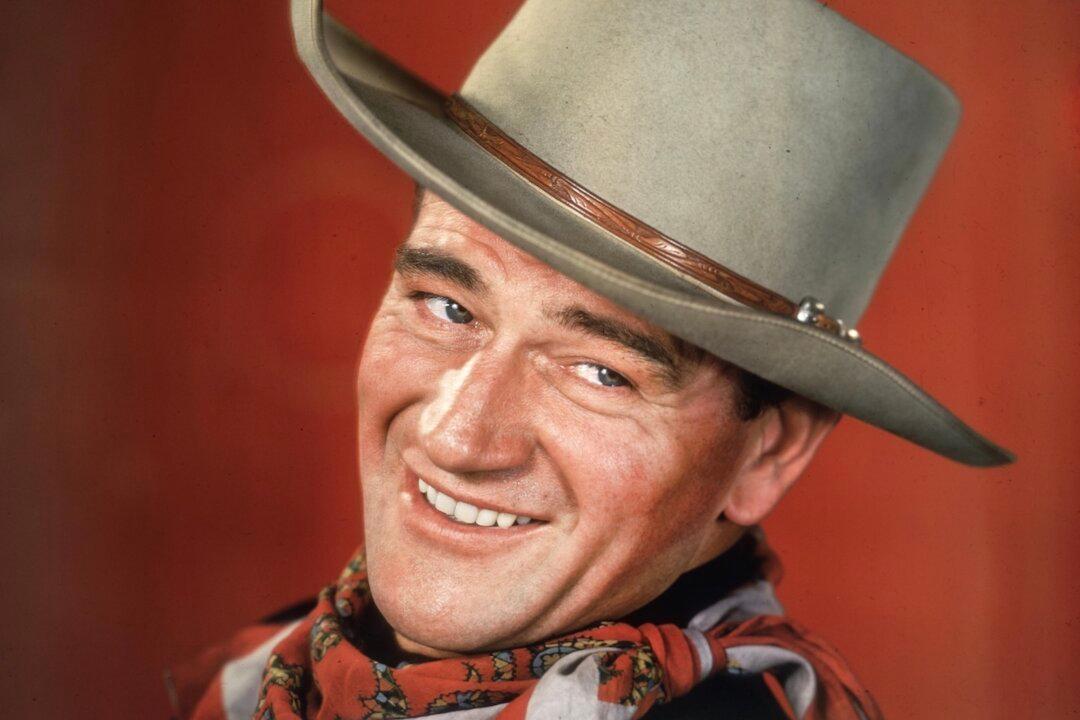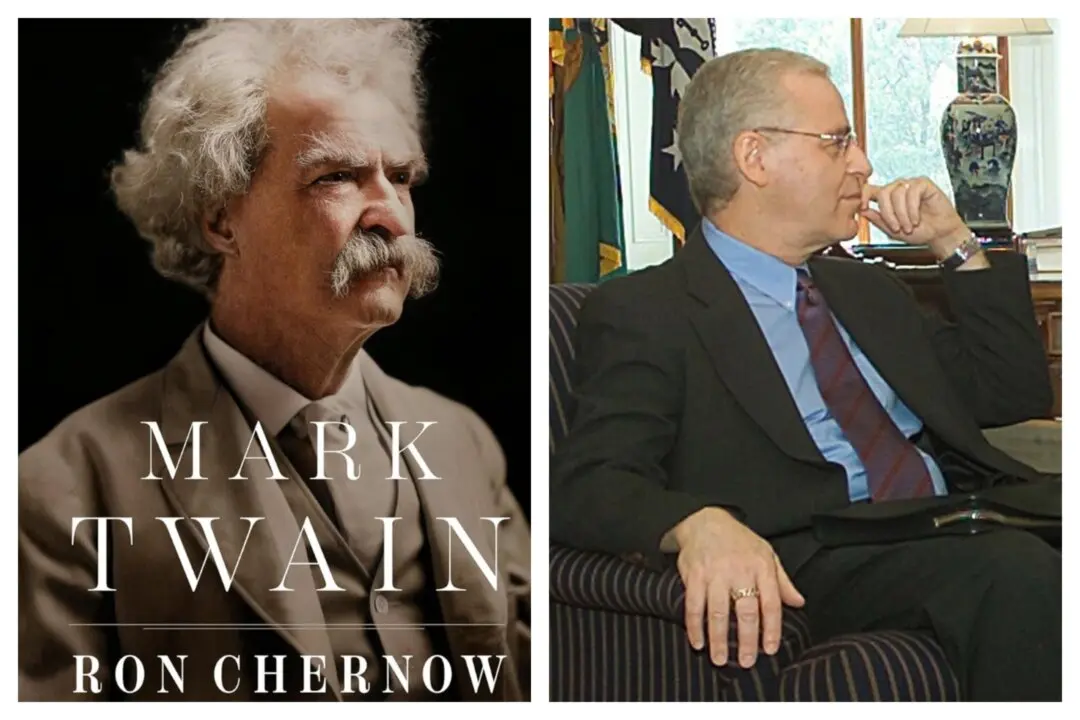Rarely is a man remembered for who he was when he was so overshadowed by what he did. In the case of John Wayne, however, who he was and what he did were one and the same.
John Wayne, born Marion Robert Morrison on May 26, 1907, in the very small Iowa town of Winterset, became one of the, if not the, most iconic actors of the 20th century. At 13 pounds, he was born to become a large man, destined for grand entrances and memorable exits. He was the eldest child of the Morrisons, a marriage that was etched with struggles, insults, and uncertainties. The family was poor and moved a lot, eventually landing in California in 1914.






